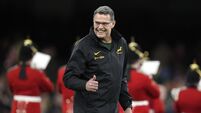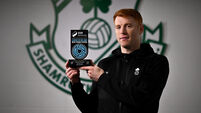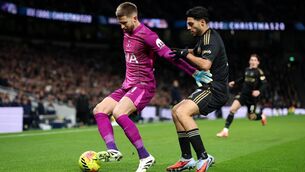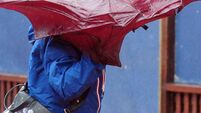Form must now dictate Irish No 10
While New Zealand were always likely to complete a highly impressive third Grand Slam in six seasons, the unpalatable fact is that had South Africa been anything close to full strength, they too would have enjoyed a blemishless autumn.
When you consider that players of the calibre of captain John Smit, Fourie du Preez, Heinrich Brussow, Danie Roussow, Schalk Burger, Jaque Fourie, Gurthro Steenkamp and JP Pietersen were all left at home, you begin to appreciate that the Boks will not give up their title of world champions without a serious fight next year — despite all the reservations surrounding their coach.












